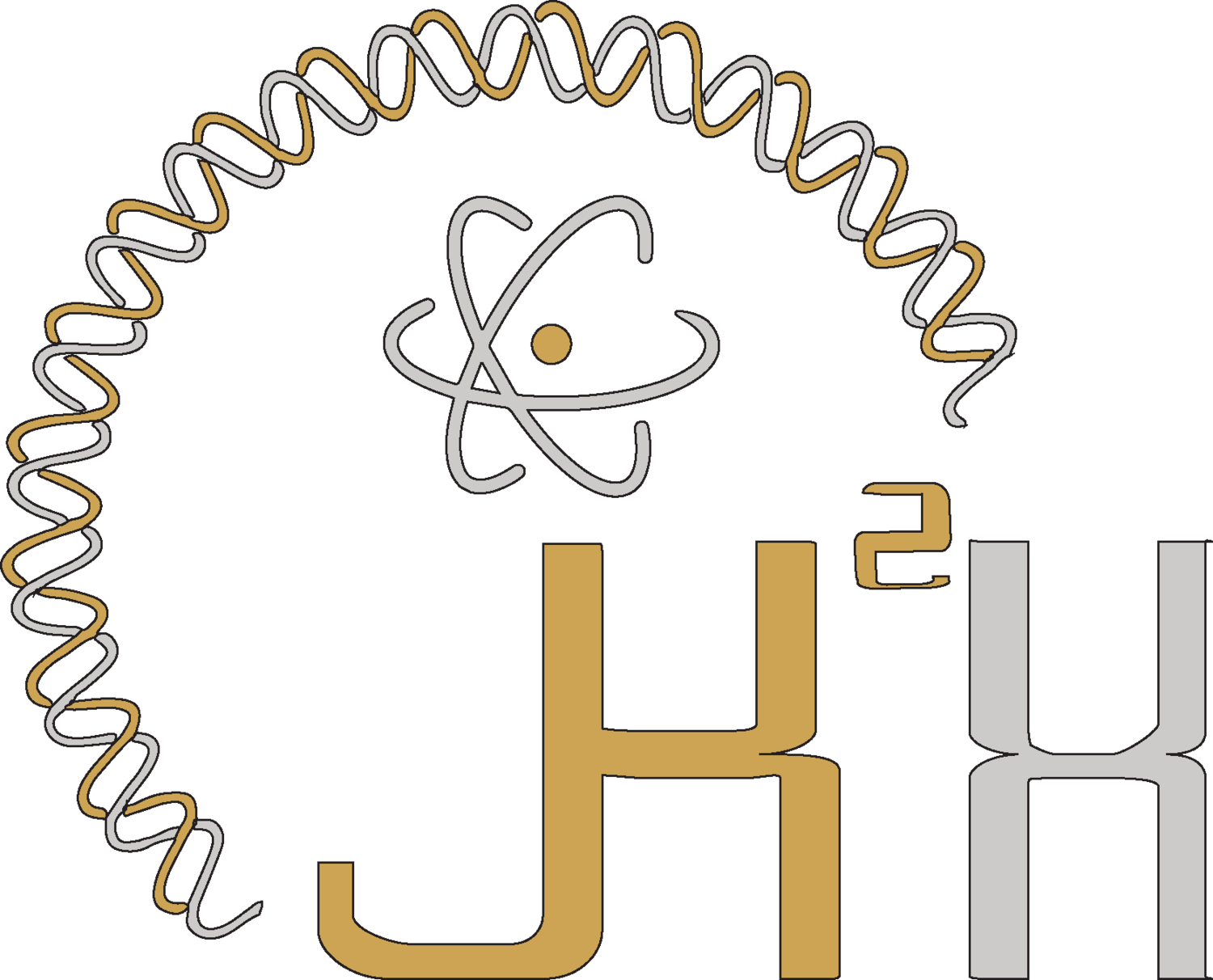By Hallie Funk
I learned to make comics by drawing first and thinking later. It started when I entered my first class with Lynda Barry. She helped me leap over the barrier that is my adult fear of drawing. I have enjoyed drawing my entire life, but somewhere down the line of growing up, I stopped drawing for myself. I was no longer thinking only of what I thought of my art, but what other people thought of it too. This is not all bad, but I developed a fear that started to swallow up the joy. I developed the fear that my drawings were not good enough.
Lynda Barry, or Professor Mandrake at the time (she goes by many names), helped me overcome my fear by challenging me to confront the hardest part about drawing… starting. She gave me a felt tip pen (no erasing), a prompt, a short time limit and said GO! It was terrifying… I was in new territory, unable to take back the lines I put down. But soon the fear of my results began to melt away. It seemed silly to worry about the end product because I was drawing in pen under time limits varying from 30 seconds to 5 minutes. I could not expect “perfection” from myself, but I could expect to have a drawing at the end. And sometimes, they were hilarious drawings.
Hallie and Stephanie at the Gaining STEAM! cartooning workshop
Suddenly I was having fun again. Once I got over the hump of starting, I would get into a flow and wouldn’t want to stop. Drawing is very wholesome for the soul. I began to let go of this subconscious idea I had in my head that as an artist, everything that I make must attain a certain quality if it is worthy to be deemed and shared as art. I began to see drawing for what it really is… a form of communication that anyone can do. And boi was I having fun communicating. I was for the first time in a long time, telling stories with my art and experiencing joy from it.
Work-in-progress page from the Gaining STEAM! project
Flash-forward to the present, I am currently working on collaborative comic with Stephanie Budge, an Associate Professor in Counseling Psychology and the Director of Advancing Health Equity and Diversity at the University of Wisconsin Madison. The comic is centered around the effects of minority stressors on trans and non-binary people and how psychotherapy with trans/nb trained therapists can potentially help them. The comic has been made possible through Gaining STEAM, a program put together by JKX Comics that is focused on making scientific research accessible to the general public with the magic of art. I think this is very cool and important! I am very proud to be on their team.
Making this comic has flipped my entire world upside down. I’ve never put this much research and writing into a comic before drawing anything. But because the topic of this comic is serious, emotional and representing a marginalized group, preplanning and feedback has been and continues to be a critical part of the process. You may be wondering, am I afraid? Yes and no. I’m afraid that I will not be able to have this 36 page comic finished and print ready by the first set deadline in 3 days :.) But I am no longer afraid of the result. I know that “perfection” is unattainable and that this comic, like all drawings made by people in the world, will be beautiful and special because of the people who came together to create it with care.
Hallie Funk is a Madison, WI native and freelance illustrator who received her Bachelor’s degree in Art from the University of Wisconsin-Madison. She is currently pursuing a degree in Animation from the Madison Area Technical College. You can view more of her and her art on her instagram page and videos on her YouTube Channel.




























